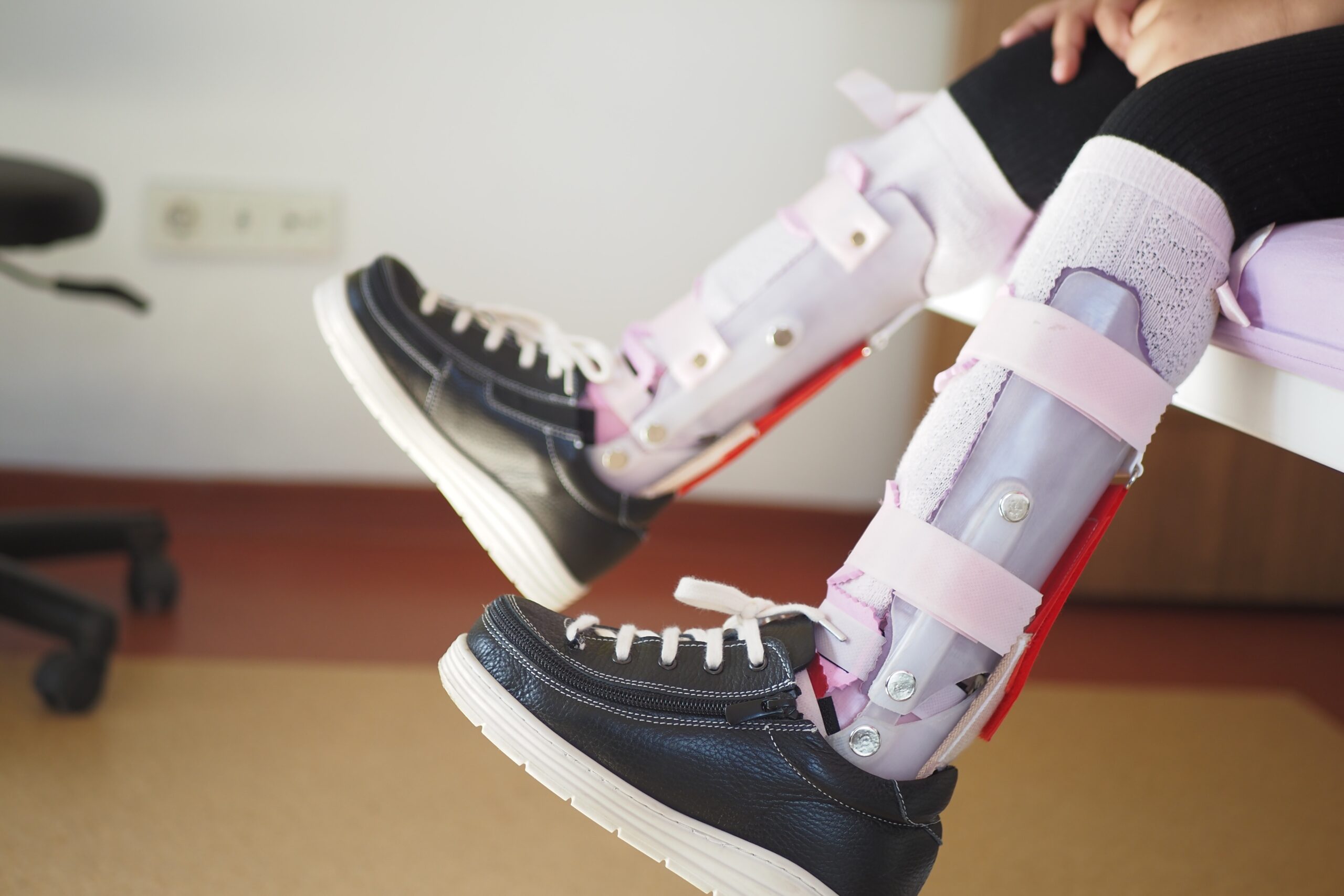New research improves Cerebral Palsy assessments
April 30, 2025

A new set of tools is changing the way doctors and researchers track muscle development in children with physical disabilities, especially those with Cerebral Palsy.
Created by experts from Neuroscience Research Australia (NeuRA) and UNSW, these new “muscle growth charts” help measure how a child’s muscles are growing over time. Unlike the usual height and weight charts that have been around for hundreds of years, these charts focus specifically on muscle growth, giving a much clearer picture of a child’s development.
It is hoped this will result in earlier and more accurate identification of muscle growth problems, leading to more targeted, personalised therapies and better long-term outcomes for movement, development, and overall health.
Cerebral Palsy, the most common physical disability among children, affects an estimated 17 million people globally. Muscle growth is particularly important in this group, as delays or impairments can significantly impact movement, development and long-term health.
Dr Bart Bolsterlee, Senior Research Fellow at NeuRA and UNSW Engineering, said the new growth curves made it easier to spot when a child’s muscle development wasn’t following typical patterns.
“Muscle growth is important for normal childhood development because skeletal muscles help move the growing body and also play an important role in glucose metabolism,” he told Freedom2Live.
“Individual muscles in infants and children grow at different rates. Diseases and conditions that impair muscle growth can affect some muscles more than others. So, the assessment of muscle size by mass or volume is best done with a muscle-specific reference curve.”
The findings are part of the ongoing MUGgLE Study, a project focused on better understanding childhood muscle development.
“A consistent finding is that children with CP have, on average, smaller muscles than age-matched typically developing children,” Dr Bolsterlee said.
“But, as in typically developing children, muscle sizes vary widely between children with Cerebral Palsy.
“The muscle-specific reference curves may help identify muscle growth impairments in individual children with Cerebral Palsy, and in children with other conditions that impair muscle growth. Getting this information more easily, may make it easier for individuals to get more targeted and tailored therapies and support.”
Looking ahead, the team hopes to expand this research by developing predictive tools using biomechanical and computational models to forecast movement patterns and identify the most effective treatment options for individual children.




